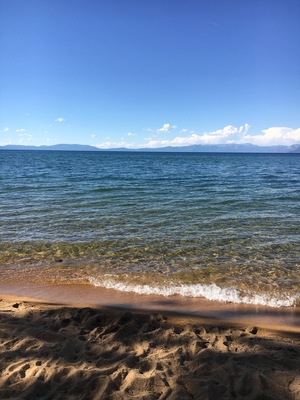Developing a Custom Theme
5 posts in this series
This series of posts details the process I completed to design the theme for this site. I began exploring how gem-based themes work and build a working theme that contains feature-parity with Minima, Jekyll's default theme. I then move on to add more advanced content, including supporting a series of posts, adding Code Syntax Highlighting, and other features to complement the theme of this site. As I update the theme, I will add more posts to this series. You can always grab the latest copy of this theme's code at GitHub.
Customizing the Design of this Site
Jan 22, 2018
The default Jekyll Site uses the minima theme. This theme is great for getting
started with the basic content of the site, but I prefer to know what’s going
on behind the curtain. What exactly does Jekyll use to convert my markdown files
into a complete static site? To learn about this, I made a custom theme for this
site. The theme’s source code is posted on GitHub.
Adding Support for a Series of Posts
Mar 8, 2018
Sometimes, it makes sense to relate posts in a series. A continuation of a story or an expansion of a project are all reasons to continue a post. This post is part of the series Developing a Custom Theme, which details all of the steps that resulted in the creation of this site’s theme.
Mar 19, 2018
One aspect of this static site that was looking bland was the code snippets first presented in Customizing This Site. Originally, these snippets were presented as black text on a grey background. To improve the visual appearance of code blocks, I decided to add code syntax highlighting with Nord.

Expanding this Site with Images
Aug 16, 2018
In order to make the site stand out, and also to support media types most common to the internet, I’ve quickly styled up a featured image container. This code uses the assets plugin, and results in a simple styled image at the beginning of each post.
May 21, 2019
The original menu on the front page was lacking. It only contained a list of the
categories of each post I’ve written. However, after adding support for series
of posts, I think it would be nice to show the series’ titles in the menu as
well. This required making a custom plugin jekyll-groupby and the creation of
a new layout called group to display groups of items. The result of the code
in this post leads to the menu on the sidebar.